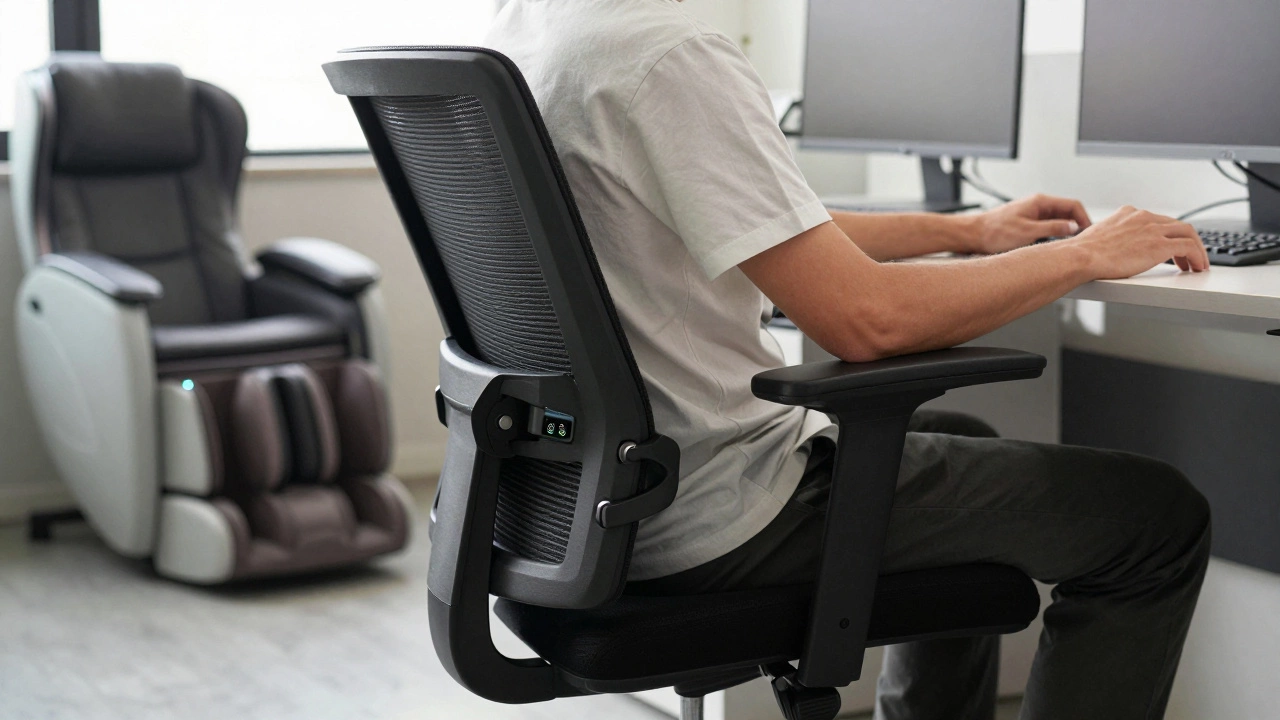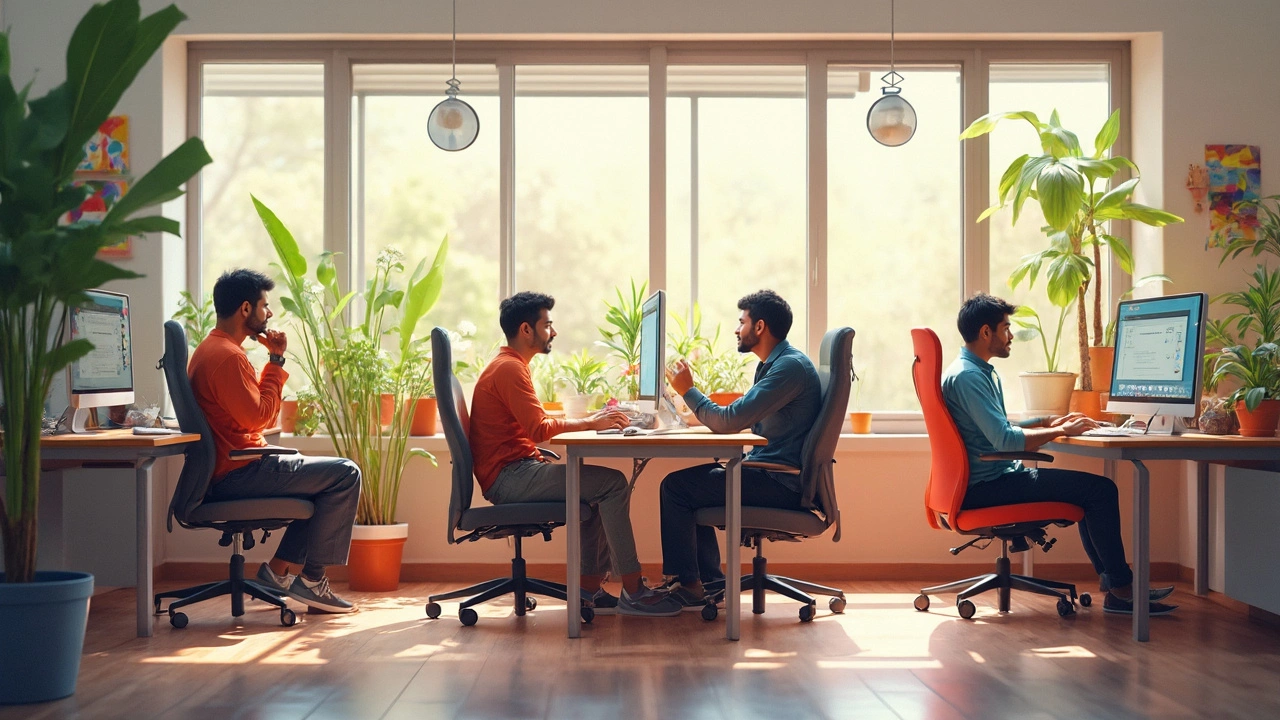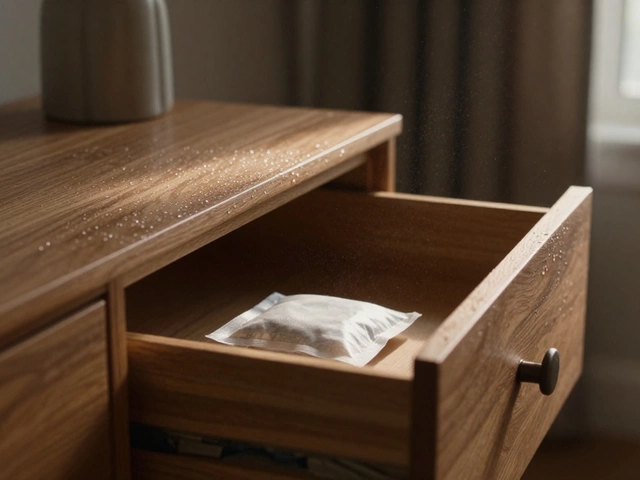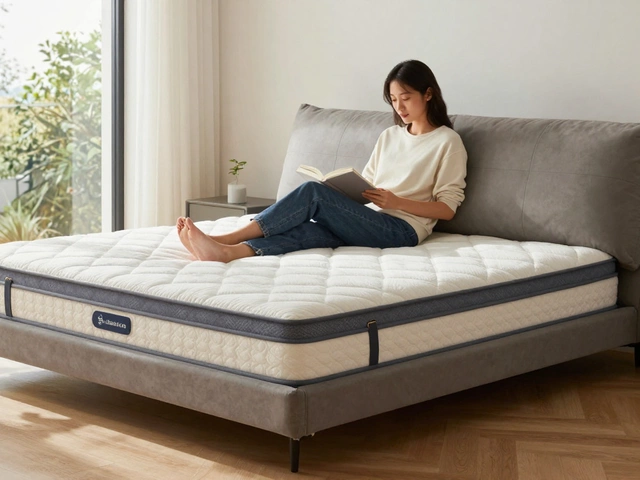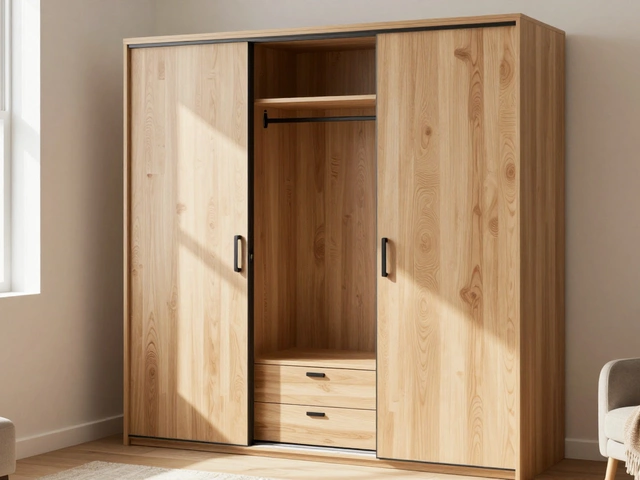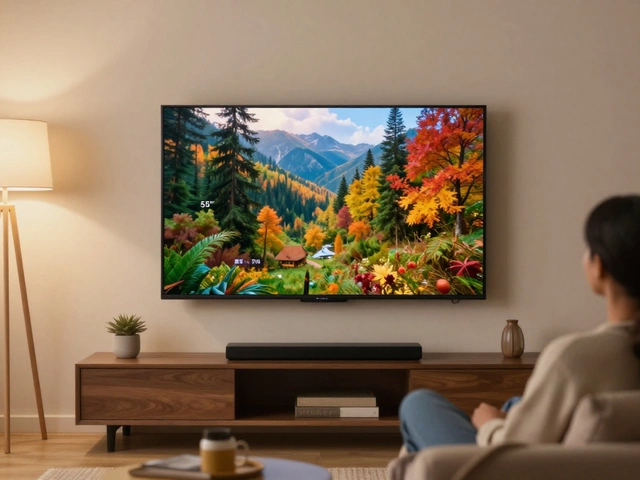Boost Your Productivity While Redesigning Your Living Space
Changing a sofa or giving a room a fresh look can feel like a full‑time job. The good news? You don’t need to work around the clock to get great results. With a few simple habits you can stay focused, finish faster, and still enjoy a stylish home.
Plan Your Project Like a Pro
Start by writing down exactly what you want to accomplish. Grab a notebook or open a notes app and list the main tasks: pick a sofa style, measure the space, choose a coffee table, decide on a rug color, etc. Breaking the job into bite‑size steps stops you from feeling overwhelmed.
Next, set realistic deadlines for each step. If you know you’ll shop for a couch on Saturday, give yourself two hours to compare options. Stick to the timeline as if you were meeting a client – it keeps momentum going.
Don’t forget to gather measurements early. Grab a tape measure, jot down the width, depth, and height of your room, doors, and any tight corners. Knowing the exact numbers saves you from ordering a sofa that won’t fit and having to redo the whole plan.
Stay Focused and Finish Faster
When you sit down to work on a design task, turn off notifications. A quick 10‑minute focus session beats a distracted hour every time. Use a timer, work straight, then take a short break to stretch or sip coffee.
Use visual tools. Sketch a simple floor plan on graph paper or use a free online room planner. Seeing how the sofa, coffee table, and rug line up makes it easier to spot problems before they happen.
Bundle similar tasks together. For example, when you’re at a furniture store, try to test all seating options in one visit instead of hopping back and forth. The same goes for online research – open all product pages in tabs, compare specs side by side, then decide.
Finally, keep a “quick win” list. These are small actions that give an instant boost – like swapping a cushion cover for a fresh color or moving a rug to improve traffic flow. Quick wins keep you motivated and make the space feel better even before the big changes land.
By planning clearly, cutting distractions, and using visual aids, you’ll move through sofa selection, coffee table sizing, and decor styling without the usual headache. Your living room will look great, and you’ll have saved time and energy for the things you love.
What Is the 80/20 Rule Strategy for Office Chairs?
The 80/20 rule for office chairs means 80% of comfort comes from just 5 key features: lumbar support, seat depth, armrests, height adjustment, and a stable base. Skip the extras and focus on these to save money and protect your back.
5 Levels of ADHD: How Office Chairs Can Make a Difference
Curious about how ADHD shows up at work? This article breaks down the five levels of ADHD and explains how the right office chair can help with focus and comfort. You'll get real tips for choosing a chair that matches your needs no matter what level you're dealing with. Learn what to look for to support better posture and attention, especially during long workdays. Get concrete ideas you can use right away to boost your productivity and feel better at your desk.
Unmasking the Dark Side of ADHD: What You Need to Know About Office Chairs
ADHD can significantly impact workplace comfort and productivity, especially when it comes to something as crucial as choosing the right office chair. This article explores the connection between ADHD and seating preferences, highlighting how discomfort can exacerbate symptoms. It also delves into practical tips for selecting office chairs that cater to those with ADHD. Understand the importance of ergonomics and design for maintaining focus and comfort.
Finding the Ideal Office Chair Height: A Guide to Comfort and Productivity
Choosing the right office chair height is crucial for comfort and efficiency at work. This article explores the impact of chair height on posture, circulation, and concentration. It delves into ergonomic principles to help you determine the optimal chair height for your physical needs. Practical tips and adjustments to improve your workspace setup are also discussed.
